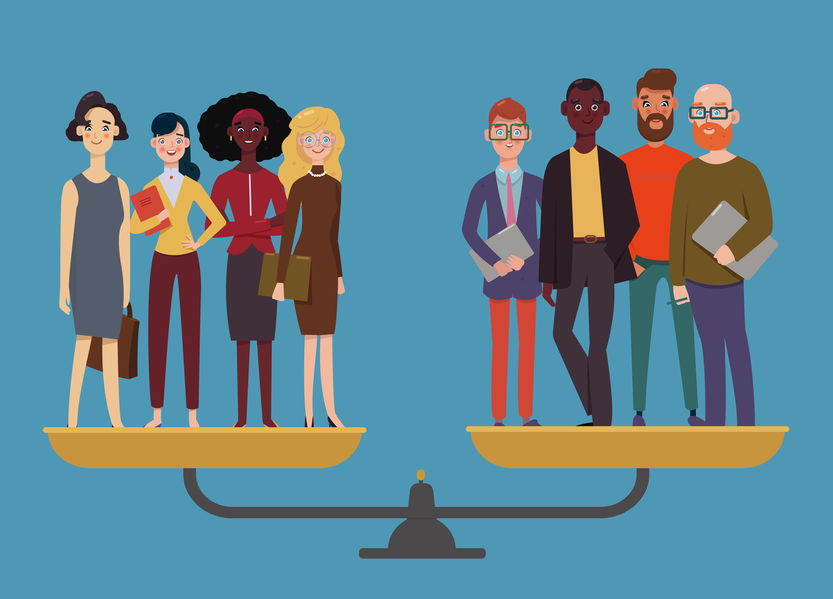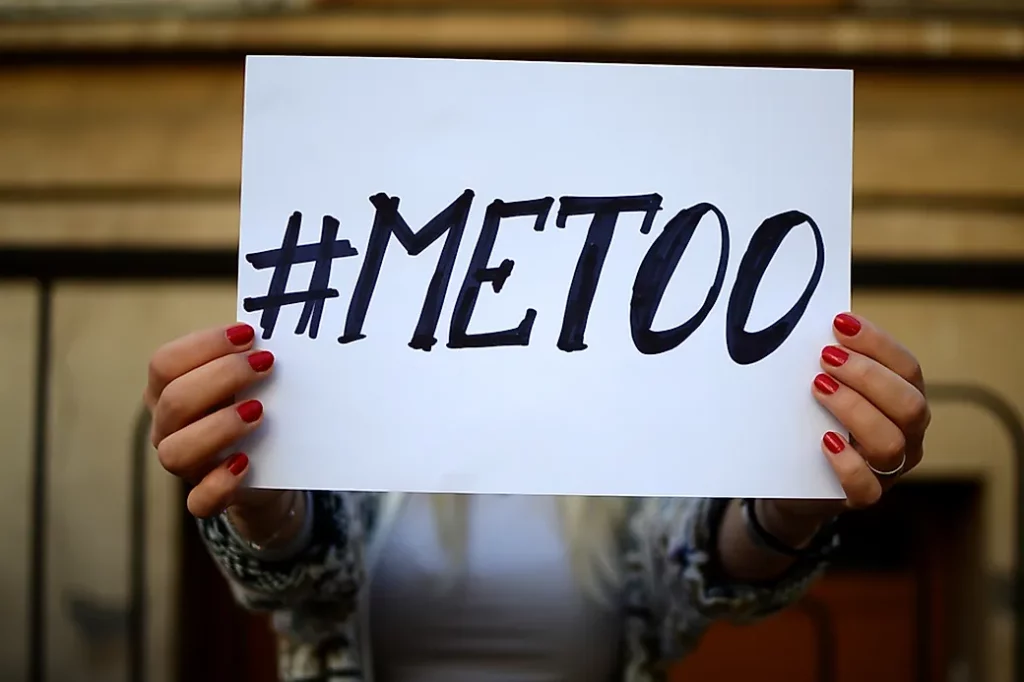
The “Male Gaze,” a concept introduced by Laura Mulvey in her 1975 essay Visual Pleasure and Narrative Cinema, highlights how women are depicted in visual culture as objects of male desire. This gaze, rooted in patriarchal structures, positions women as passive spectacles, denying them agency while reinforcing gendered power dynamics.

In modern media, the male gaze persists in advertising, social media, and entertainment. WomenŌĆÖs bodies are often sexualized or fragmented to cater to male viewers, perpetuating unrealistic beauty standards. Social media platforms, driven by algorithms that prioritize conventional notions of attractiveness, further amplify this issue, influencing how individuals present and perceive themselves.
However, alternative perspectives are gaining ground. The “Female Gaze” offers a counter-narrative, portraying women as complex, autonomous individuals. Films like Portrait of a Lady on Fire and movements like #MeToo challenge the dominance of the male gaze by advocating for equitable and authentic representation. Similarly, queer and non-binary creators broaden the spectrum of narratives, enriching media diversity.
Though progress is evident, dismantling the male gaze requires continued efforts to amplify diverse voices and foster media literacy. By questioning traditional norms and embracing inclusive storytelling, we can create a more equitable visual culture.

This evolving conversation not only critiques existing structures but also reimagines a future where all gazes are equally valued.




This piece offers a thoughtful look at the “male gaze” and its impact on visual culture! I really appreciate how you connect Mulvey’s theory to today’s issues, like unrealistic beauty standards in social media. The point about algorithms reinforcing conventional ideals is so relevant. I love that you introduce other perspectives, like the “female gaze” and voices from queer and non-binary creators. Your mention of *Portrait of a Lady on Fire* is perfectŌĆöit beautifully portrays autonomy and challenges traditional norms.Emphasizing media literacy and diverse voices as ways to dismantle the male gaze is inspiring. I’m curious about how these efforts might evolve with social media and if advocacy for representation could shift algorithmic priorities. Overall, this is a fantastic contribution to the important conversation about equality and diversity in media. Thank you for highlighting such a vital topic!
This is a great post on the male gaze and its impact. You start by talking about MulveyŌĆÖs theory of male cohesion, which is a great point and I love that it gave me a sense of the male cohesion from the very beginning. You then use real-life examples like Portrait of a Lady on Fire and #MeToo to depict the challenges of male-dominated norms, which is perfect. You also mention queer and non-binary voices! At the end you also talk about how people can effectively deal with the male gaze today, which is inspiring and makes me full of hope for how social media will develop in the future with these efforts. Overall, this is a great post on the importance of male gaze in media equality and diversity!